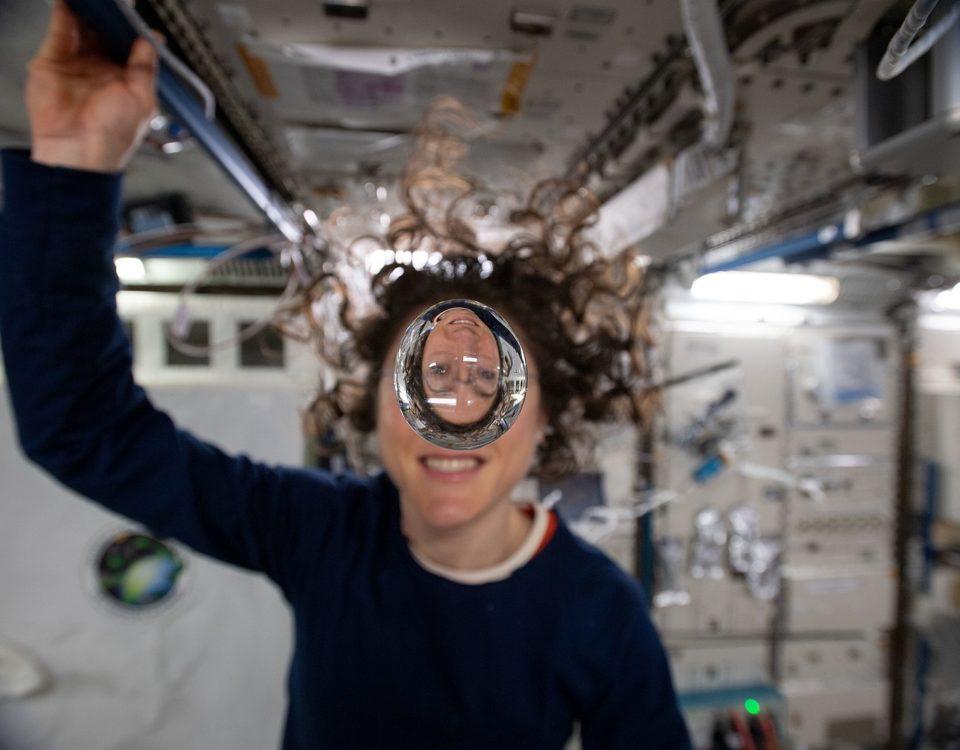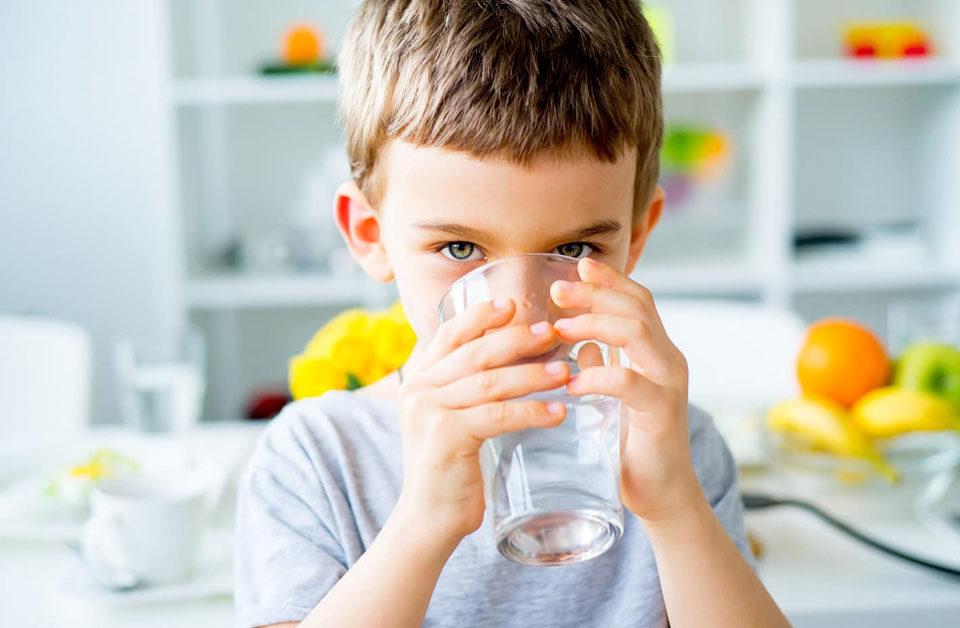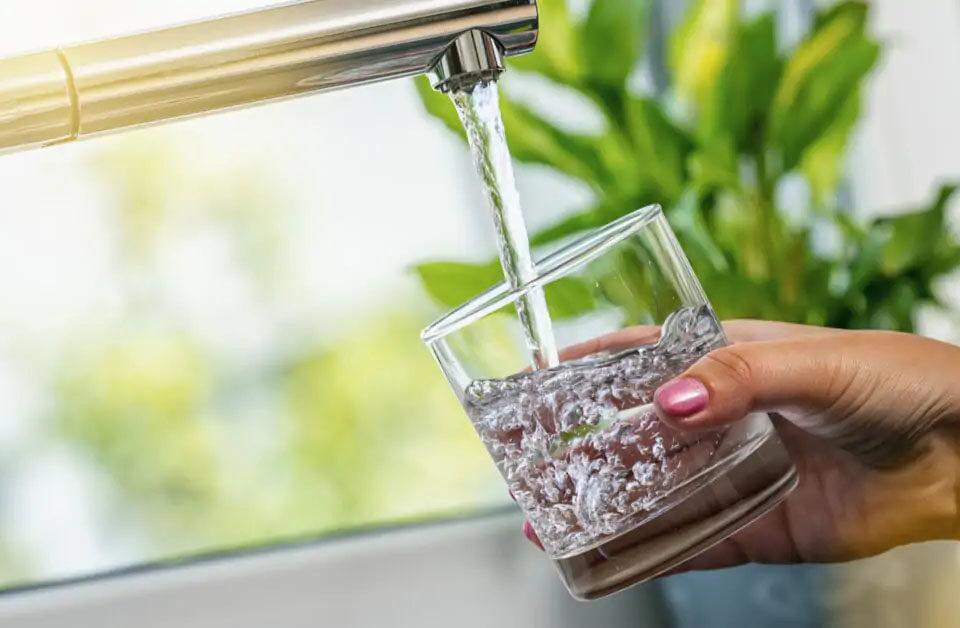What is pure water?
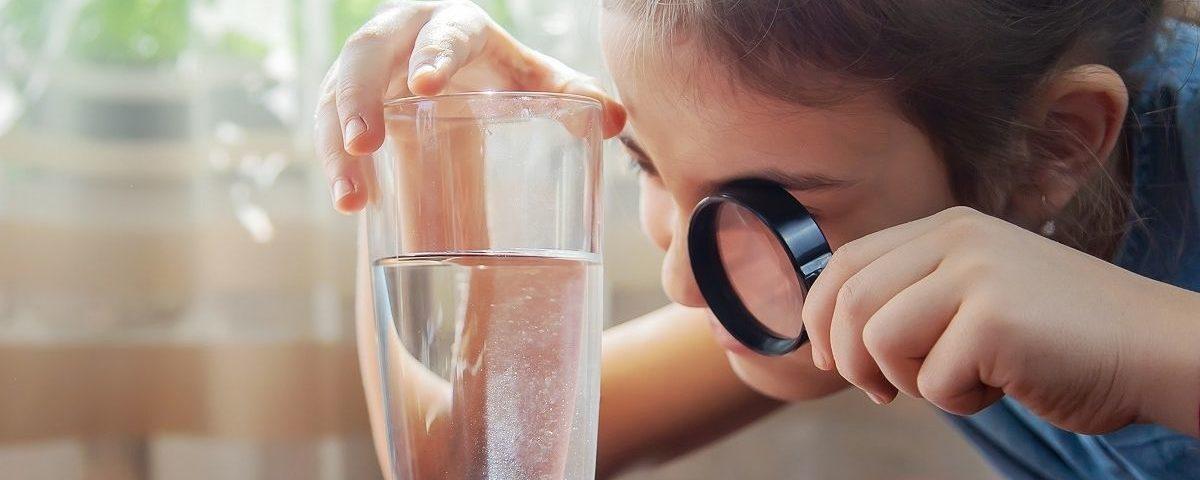
You pour yourself a glass of tap water or from a bottle of spring water. You don't add anything to it and drink it. Now, you may think it's pure water. But it's not.
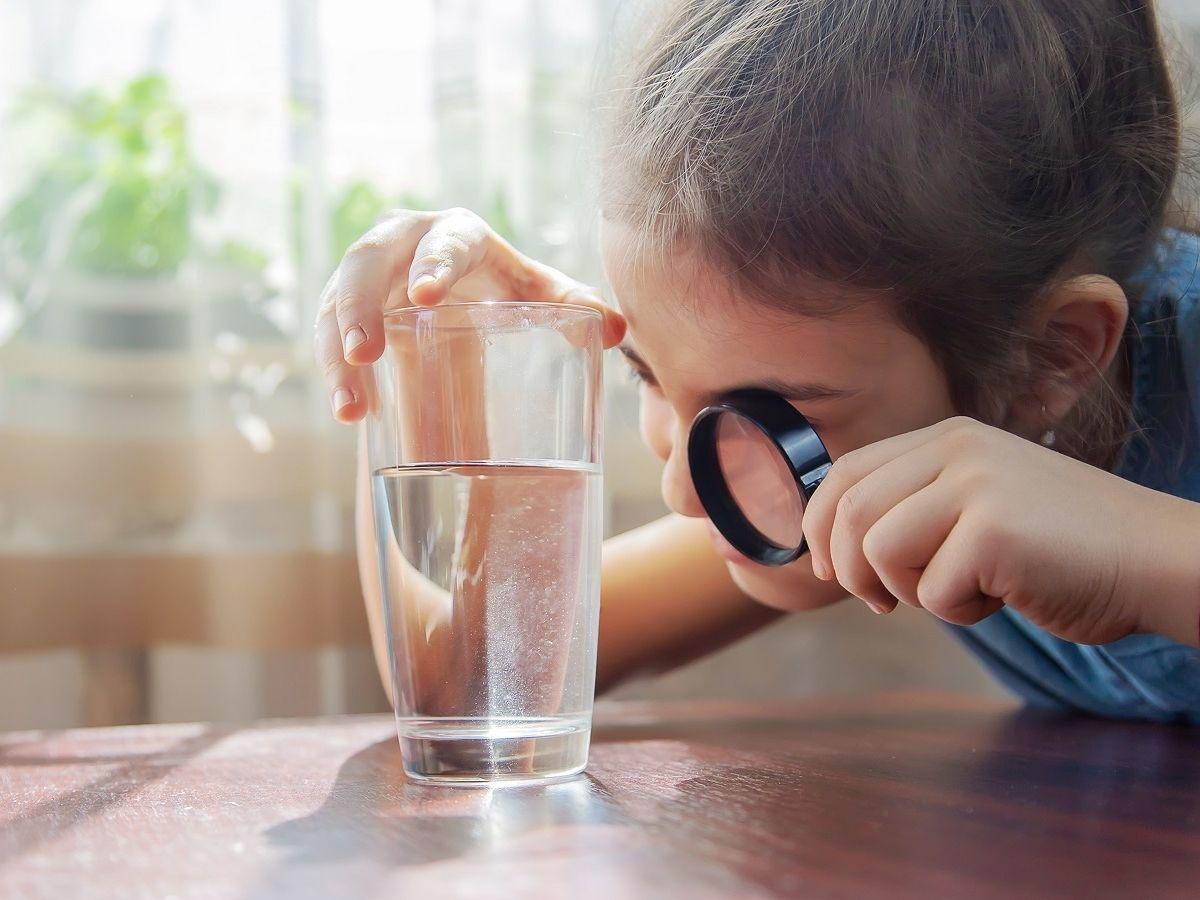
Both bottled water and tap water may contain a series of residues at very variable levels depending their origins: salts, minerals, heavy metals, pesticides, plastic particles etc. These are called dry residues, the deposit that would remain if water was evaporated completely (expressed in mg/l).
The levels are, of course, subject to increased monitoring. But old water pipes or plastic bottles that have been exposed to temperature variations for too long can increase the amount of these dry residues.1,2,3
The purity of water is measured by the amount and size of dry residue it contains. Water with a low residues level is healthier and more pleasant to drink. Purified water is water that has been filtered by reverse osmosis or distillation.4
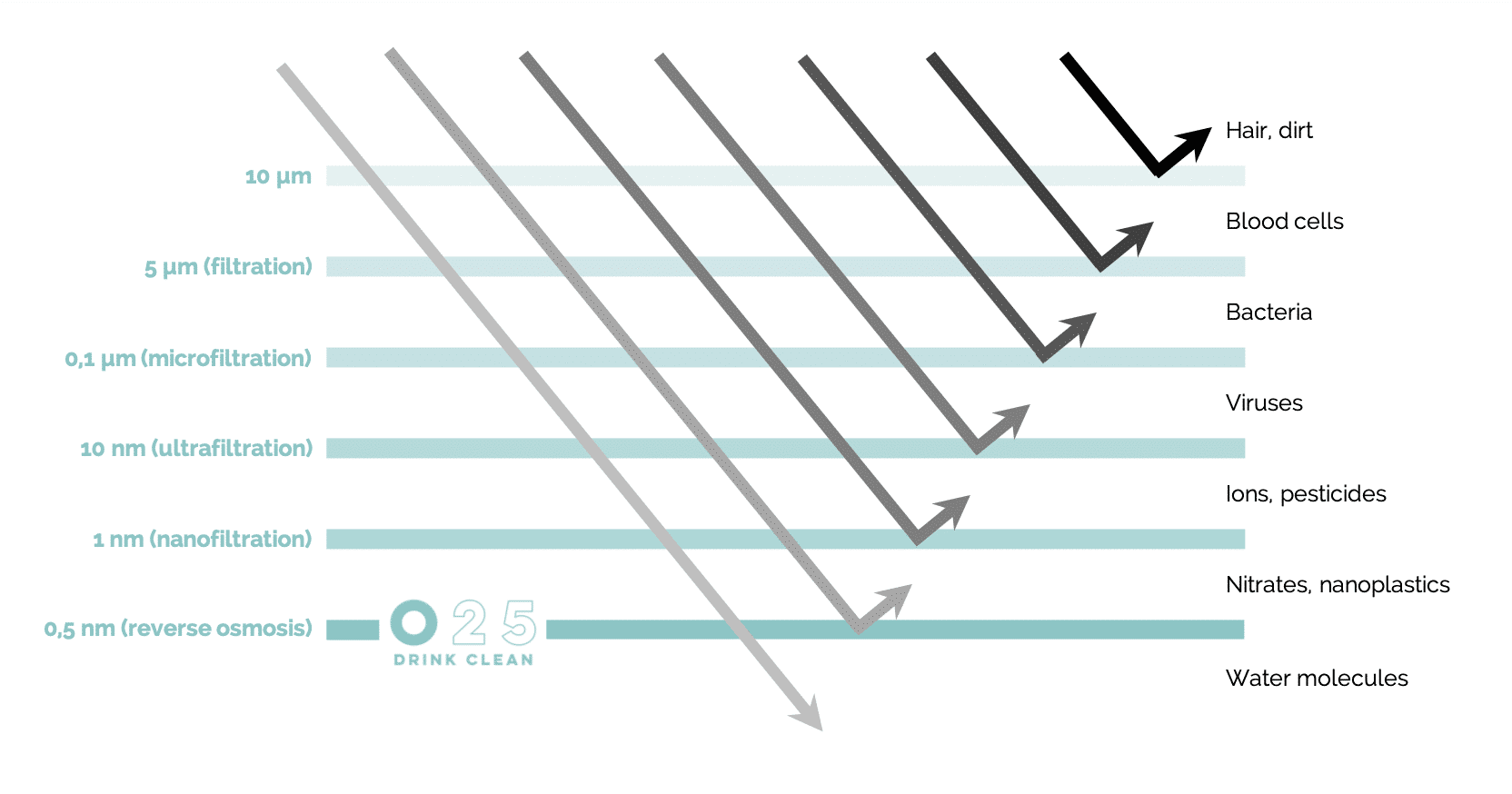
This water is recommended for pregnant women and babies, mainly to avoid putting a strain on their kidneys. Besides, this water also ensures the absence of nitrates, which are extremely harmful to babies' health. And what is good for them is also good for us.5
Read also: Are there really essential minerals in water for the body?
To access this pure water, you can use some locally produced glass bottles of mineral water. For example, Spa Reine, one of the purest natural mineral waters on the Belgian market, contains 38 mg/l of dry residues.6
Unfortunately, bottled water has an impact on the family budget (over 100x the cost of tap water!) and logistics. Plastic or glass bottles that have travelled hundreds of kilometres have a dramatic ecological footprint.
Tap water contains between 250 and 600 mg/l of dry residues. There are several technologies available to reduce the level of dry residues through filtration. But only reverse osmosis truly purifies drinking water in an eco-friendly (chemical-free), effective, efficient and democratic way. This system removes all kinds of dry residues and, in particular, toxic substances, down to a tenth of a nanometre (1/10,000,000th of a millimetre)!
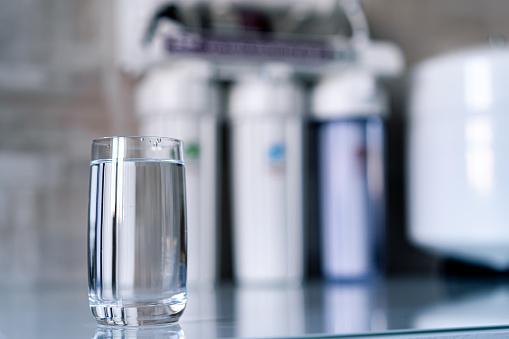
______________
1 https://www.lesoir.be/139810/article/2018-02-13/qualite-de-leau-la-sante-de-900000-belges-menacee-selon-la-commission-europeenne
2 https://www.lalibre.be/planete/2018/06/05/le-chiffre-fou-de-la-consommation-de-plastique-HSFZTKD6TRHEFF72MQLS54QZSY/
3 https://www.lemonde.fr/planete/article/2020/01/31/un-meilleur-traitement-de-l-eau-potable-pourrait-eviter-plus-de-2800-cancers-par-an-en-europe_6027952_3244.html
4 https://www.epa.gov/sites/default/files/2015-11/documents/2005_09_14_faq_fs_healthseries_bottledwater.pdf
5 https://www.parents.fr/enfant/alimentation/eau-et-boissons-sucrees/leau-primordiale-pour-les-bebes-13222
6 https://www.spa.be/fr/l-eau-de-spa/une-composition-unique

